On a whirlwind visit to Sydney to promote his SAYL chair for Herman Miller, Yves Béhar speaks to Ola Bednarczuk about sustainability and the responsibilities of the modern designer.
February 24th, 2011
Yves Béhar paid a visit to Sydney as part of a promotional tour for his SAYL chair for Herman Miller. Indesignlive caught up with the designer to discuss his practice, philosophy and sustainable approach to design.
How does sustainability factor into your work?
I’m always out to prove an idea with a project – this notion that attainability and sustainability aren’t contrary ideas. People think that eco is more expensive, that green is more expensive, and I’m out to prove that it isn’t – that the 2 can be reconciled.
Sustainability is our opportunity to do things that are completely new, at a scale that is very large.
Are companies/the public receptive to the sustainable approach?
They’re receptive to it as an idea, but they never know how to go about it. This is why our role as designers is so critical, because we can show them the right steps and prove to the consumer that there is no sacrifice on their part; that it’s not more expensive; that it delivers a bigger experience; and we can prove to companies that it’s feasible.
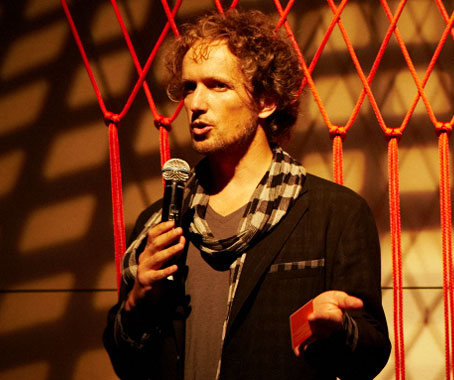
I could never have convinced Puma to [adopt the Clever Little Bag – pictured] if it just meant putting a pretty bow around a box they already had. The only way they would change and accept to make such a radical internal change was if the project was compelling from a carbon footprint perspective.
It was one of those projects where you can change an entire logistic system and basically transform the way a company does something through sustainability.
Are designers equipped with sufficient knowledge to follow a sustainable approach?
Knowledge isn’t trying to match ISO 9002 where you have to check a few boxes and you’re there.
In every industry, with every material, with every type of process and size of production the solutions are going to be different, so your intentions and desires are what makes you equipped.
So if you’re willing to start to explore specifically how things can be solved, then you’re equipped, because you’re an explorer; you’re searching, you’re going to find solutions that nobody else has found before. And experience is the best way to solve these problems.
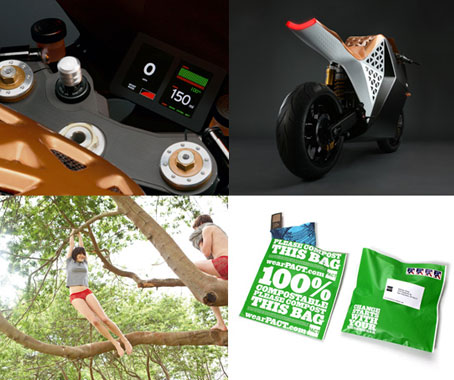
What does the future hold for sustainable design?
I believe that every process, every industrialised process, will need to be rethought in the next 20 years or so, and that means our opportunities as designers to participate at that scale is going to be amazing.
But – it has to be done well. People are not going to care until they have an experience that proves that it can be an enhancement, not something less.
That’s why part of what is so stimulating for me in design is that I can prove these ideas physically. What I can do is accelerate the adoption of these ideas by proving them to be correct, to be feasible, by translating ideas into action or into physical realities.
I think that’s what the world needs in the sense that people want proof; they want to experience ideas. Dogma is much harder to communicate to enterprise and the consumer.
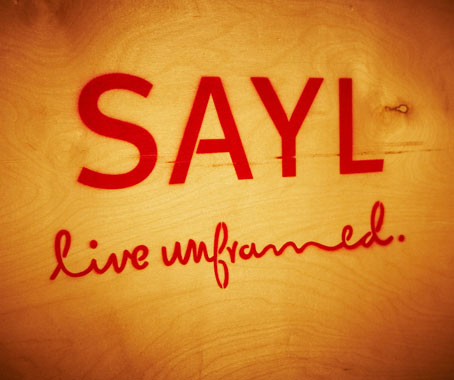
Yves Béhar’s SAYL chair was designed for Herman Miller – visit their website for more information on the product and process behind its construction.
fuseproject
fuseproject.com
Herman Miller
hermanmiller.com.au
INDESIGN is on instagram
Follow @indesignlive
A searchable and comprehensive guide for specifying leading products and their suppliers
Keep up to date with the latest and greatest from our industry BFF's!

London-based design duo Raw Edges have joined forces with Established & Sons and Tongue & Groove to introduce Wall to Wall – a hand-stained, “living collection” that transforms parquet flooring into a canvas of colour, pattern, and possibility.
Victor Churchill Fine Family Butcher has taken out Best Retail at the Best of Year Awards 2010.
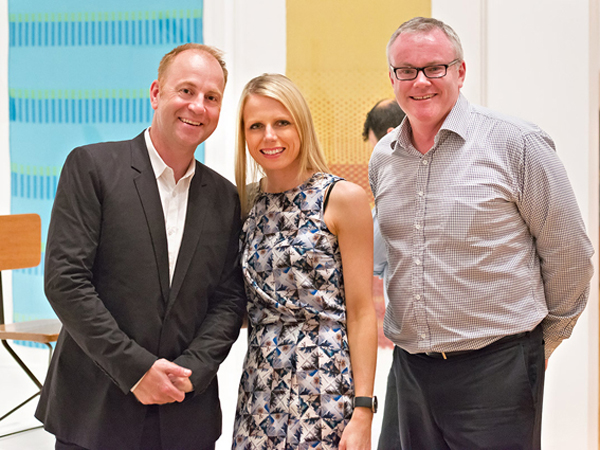
Brisbane’s design community got a dose of champagne and vintage Californian design, when they gathered at the Queensland Art Gallery for the Living Edge Christmas Party.

Explore the the origins of the celebrated FABLE Collection – a decade-long story that continues to surprise us with its Australian craftsmanship and unique charm.
The Bombay Sapphire Design Discovery Award 2011, Australia’s richest and most prestigious design prize, is calling for entries. Now in its 9th year, the Bombay Sapphire Design Discovery Award supports the Australian design community through rewarding and assisting Australia’s most talented emerging designers. Past winners include Rohan Nicol, Jon Goulder, Adam Goodrum, Lucas Chirnside, Charles […]
The internet never sleeps! Here's the stuff you might have missed
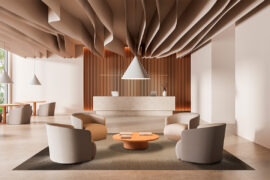
A stunning indoor space reveals artistry in every aspect, from outlook to underfoot.

Gray Puksand’s adaptive reuse of former Melbourne office into Hester Hornbrook Academy’s new City Campus shows how architecture can support wellbeing, connection and community.

Central Station by Woods Bagot in collaboration with John McAslan + Partners has been named one of two joint winners of The Building category at the INDE.Awards 2025. Recognised alongside BVN’s Sirius Redevelopment, the project redefines Sydney’s historic transport hub through a transformative design that connects heritage with the demands of a modern, growing city.